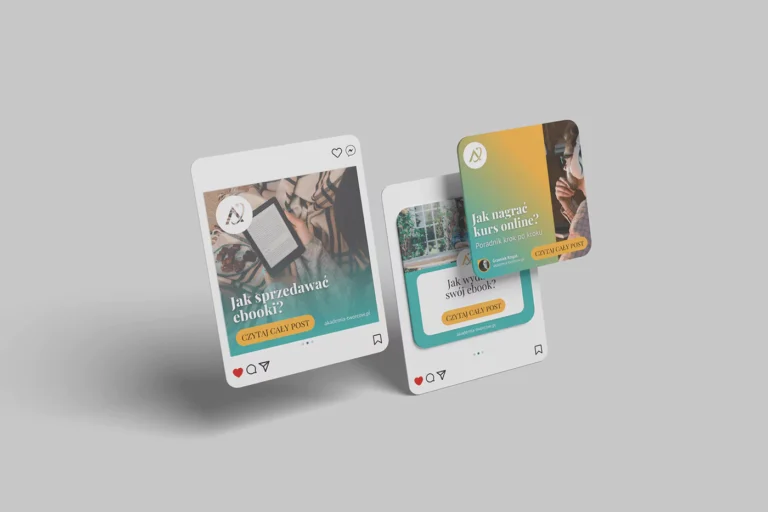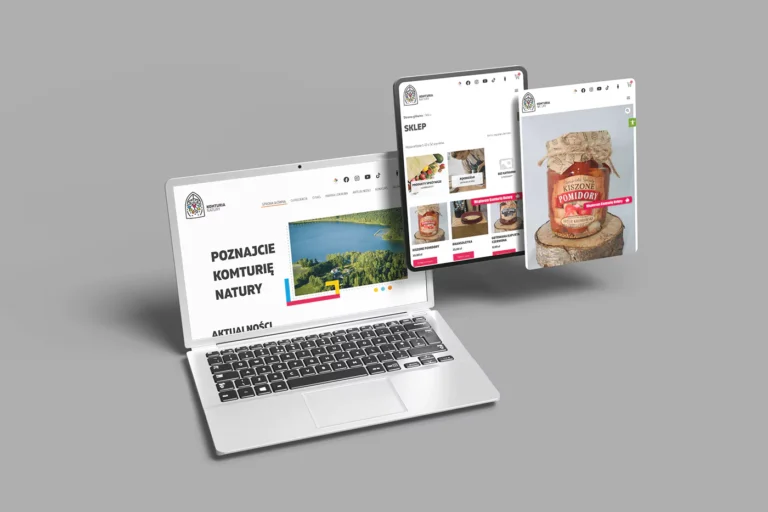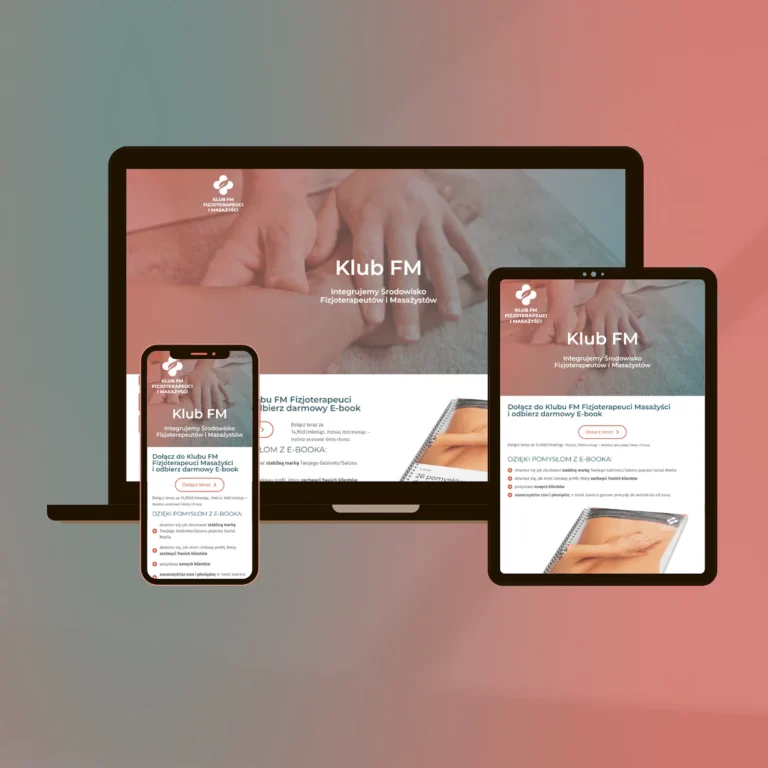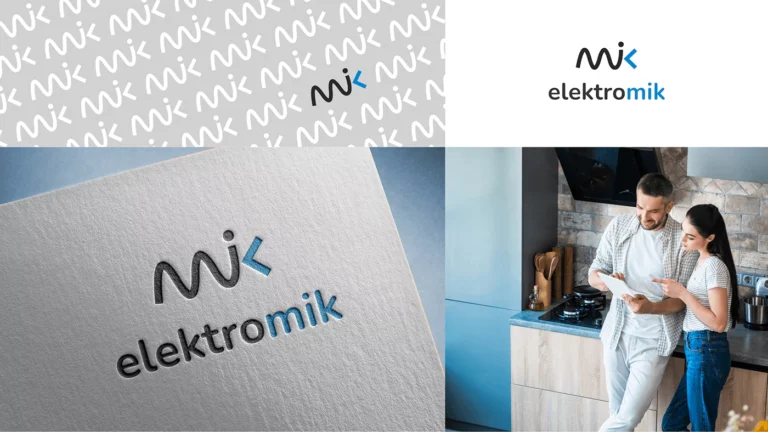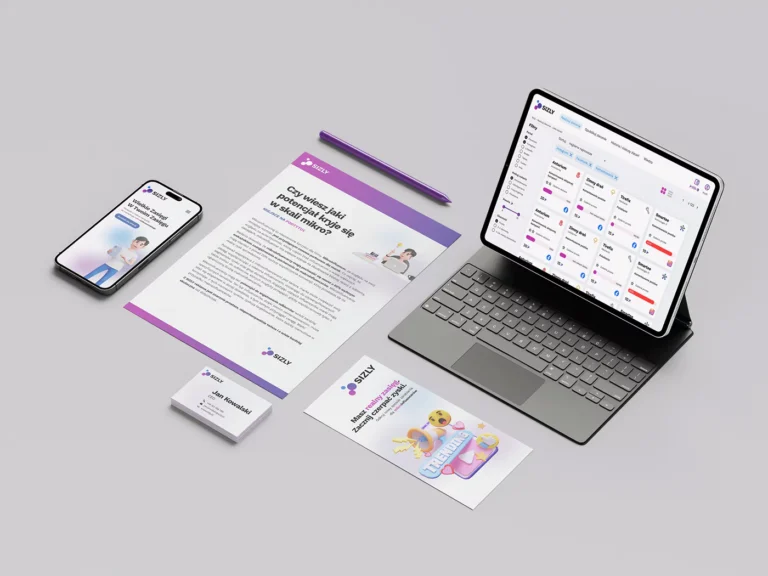Product catalogs are publications that contain detailed information about the products offered by a company. They can be in printed or digital form and are used to present the product range in an organized and attractive manner. To make product catalogs effective, it is crucial to focus on their design and presentation, particularly the graphic elements that enhance the user experience.
The Importance of Graphic Design in Product Catalogs
A well-designed product catalog is not only aesthetically pleasing but also improves readability and customer engagement. Here are key aspects of effective graphic design for product catalogs:
1. Clear and Attractive Title: The title of the catalog should be catchy and clearly define its content. It is the first thing a potential customer will see, so it should grab attention and convey the essence of the catalog.
2. Professional Cover: The cover is the visual introduction to the catalog. A professional and visually appealing cover design can significantly impact customer interest. It should relate to the content and reflect the overall style of the publication.
3. Description and Table of Contents: Including a brief description and a detailed table of contents helps customers quickly understand what to expect from the catalog. This sets the stage for an organized and enjoyable user experience.
Designing a Product Catalog
Designing a product catalog involves several key stages, with a strong focus on graphics:
1. Choosing the Product Range and Research: Select the products you want to include in the catalog and conduct research to gather accurate and valuable information about them.
2. Creating an Outline: Develop a detailed outline to organize the products logically, grouping them by categories, features, or other criteria.
3. Writing Product Descriptions: Write detailed and engaging product descriptions, including key features, benefits, technical specifications, and prices.
4. Graphic Design: This is a crucial phase where the visual appeal of the catalog is crafted. Use design software or hire a professional designer to create an attractive layout. Key components include:
• Fonts and Typography: Choose fonts that are easy to read and match the style of the catalog. Use varying font sizes and styles to differentiate headings, subheadings, and body text.
• Color Scheme: Select a color scheme that complements the theme of the catalog and ensures readability. Avoid overly bright or clashing colors that can strain the eyes.
• Images and Graphics: Enhance the catalog with high-quality product photos, charts, infographics, and other visual elements to break up text and illustrate key points. Ensure all graphics are relevant and add value to the content.
Composing a Product Catalog
Composing a product catalog, or formatting it, involves:
1. Text Formatting: Use headings, subheadings, bullet points, and numbered lists to enhance navigation and readability. Proper text formatting helps readers easily scan and absorb information.
2. Adding Multimedia: Enrich the catalog with multimedia elements such as product images, charts, infographics, and videos. These elements can make complex information more understandable and engaging.
3. Interactive Elements: For digital catalogs, add interactive elements like hyperlinks to product pages, instructional videos, or interactive specifications to boost customer engagement.
4. Conversion to Various Formats: Convert the catalog into various formats, such as PDF, interactive PDF, or mobile app formats, to ensure compatibility with different devices and platforms.
Finalizing the Product
The process of finalizing a product catalog includes several essential steps:
1. Editing and Proofreading: Thoroughly check the content for language, grammar, and stylistic errors. Ensure that all graphic elements are correctly placed and enhance the overall user experience.
2. Testing on Devices: Test the catalog on various devices and in different formats (printed and digital) to ensure it is readable and functional. This step helps identify and fix any formatting issues that may arise on different platforms.
3. Publication: Publish the product catalog on distribution platforms such as the company website, e-commerce platforms, or mobile apps. Ensure the catalog is properly formatted for each platform.
4. Promotion: Promote the catalog through social media, email campaigns, blogs, and other marketing channels to reach a wide audience. Effective promotion can significantly increase the visibility and success of your product catalog.
Conclusion
Designing, composing, and finalizing a product catalog is a process that requires attention to detail, particularly in the graphic elements. By focusing on clear titles, professional covers, structured content, and engaging visuals, you can create a catalog that not only attracts customers but also provides them with valuable information about your products. Through careful planning and execution at each stage, you can ensure that your product catalog stands out in the market and effectively supports your sales efforts.









